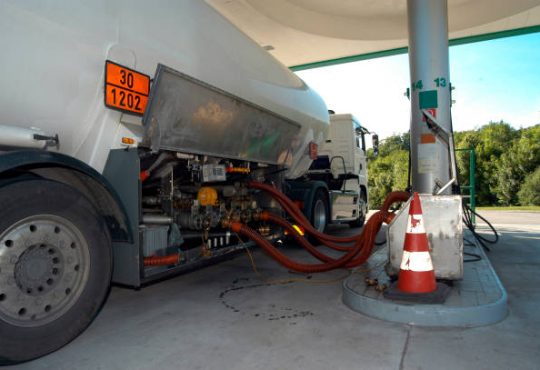
How to Test a Fuel Pump Driver Module
When your vehicle starts acting up, refusing to start, or stalling unexpectedly, the fuel pump driver module (FPDM) could be the culprit. Understanding how to test this crucial component can save you time and money, ensuring your vehicle remains in top condition. In this guide, we’ll walk you through the steps to test a fuel pump driver module and help you understand why it’s such an essential part of your vehicle’s fuel system.
What is a Fuel Pump Driver Module?
The fuel pump driver module is an electronic component that regulates the voltage sent to the fuel pump. Its primary function is to ensure that the fuel pump operates efficiently and consistently, delivering the right amount of fuel to the engine under various driving conditions. When this module fails, it can lead to a range of issues, from poor fuel economy to complete engine failure.
Signs of a Faulty Fuel Pump Driver Module
Before diving into the testing process, it’s essential to recognize the symptoms of a failing FPDM. Here are some common signs:
- Engine Stalling: If your vehicle suddenly stalls while driving, especially during acceleration, it could indicate that the FPDM is malfunctioning.
- Difficulty Starting the Engine: A faulty FPDM may prevent the fuel pump from delivering enough fuel to start the engine.
- Check Engine Light: If your vehicle’s onboard diagnostics detect an issue with the fuel system, the check engine light may illuminate.
- Poor Fuel Efficiency: A malfunctioning FPDM can cause the fuel pump to deliver more fuel than necessary, leading to decreased fuel efficiency.
- Unusual Noises: If you hear a whining noise coming from the fuel tank area, it could be due to a failing FPDM struggling to regulate the fuel pump.
Tools You’ll Need
Before you start testing the FPDM, gather the following tools:
- Multimeter
- Screwdriver set
- Service manual for your specific vehicle model
- Safety gloves and goggles
- A clean workspace with adequate lighting
Step-by-Step Guide to Testing a Fuel Pump Driver Module
- Locate the Fuel Pump Driver Module The FPDM is typically located near the fuel tank, often on the frame rail or inside the trunk. Consult your vehicle’s service manual to find its exact location.
- Disconnect the Battery For safety reasons, always disconnect the vehicle’s battery before working on any electrical components. This step will prevent accidental short circuits and other potential hazards.
- Access the FPDM Once you’ve located the module, you may need to remove any protective covers or panels to access it. Use the appropriate screwdriver to carefully remove these parts without damaging them.
- Inspect the Module Before testing, visually inspect the FPDM for any signs of damage, such as corrosion, burnt components, or loose connections. If you notice any obvious issues, the module may need to be replaced.
- Test for Power With the multimeter set to measure voltage, check the power supply to the FPDM. Connect the multimeter’s probes to the module’s power and ground terminals. You should see a voltage reading that matches your vehicle’s battery voltage (typically around 12 volts). If there’s no voltage, there might be a problem with the wiring or the fuse.
- Check the Ground Connection A poor ground connection can cause the FPDM to malfunction. Set the multimeter to measure resistance and connect one probe to the module’s ground terminal and the other to a known good ground on the vehicle. The resistance should be very low, ideally close to zero. If the reading is high, check for loose or corroded connections.
- Test the Output Voltage With the engine on, measure the output voltage from the FPDM to the fuel pump. The voltage should vary depending on the engine load, usually between 6 to 12 volts. If the voltage is too low or nonexistent, the module may be faulty.
- Evaluate the Results If all tests indicate that the FPDM is receiving power, has a good ground connection, but is not providing the correct output voltage, it’s likely that the module is defective and needs to be replaced.
- Reassemble and Test Drive After completing the tests, reassemble any removed components and reconnect the battery. Start the vehicle and take it for a test drive to see if the issues have been resolved.
Final Thoughts
Testing a fuel pump driver module isn’t overly complicated, but it does require attention to detail and a basic understanding of vehicle electronics. By following this guide, you can diagnose and potentially fix issues with your FPDM, keeping your vehicle running smoothly. Remember, if you’re not comfortable performing these tests yourself, it’s always best to consult a professional mechanic to avoid any costly mistakes.
Proper maintenance and timely repairs can extend the life of your vehicle’s fuel system and ensure optimal performance. So, the next time you suspect a problem with your fuel pump, don’t forget to check the fuel pump driver module.
4o



